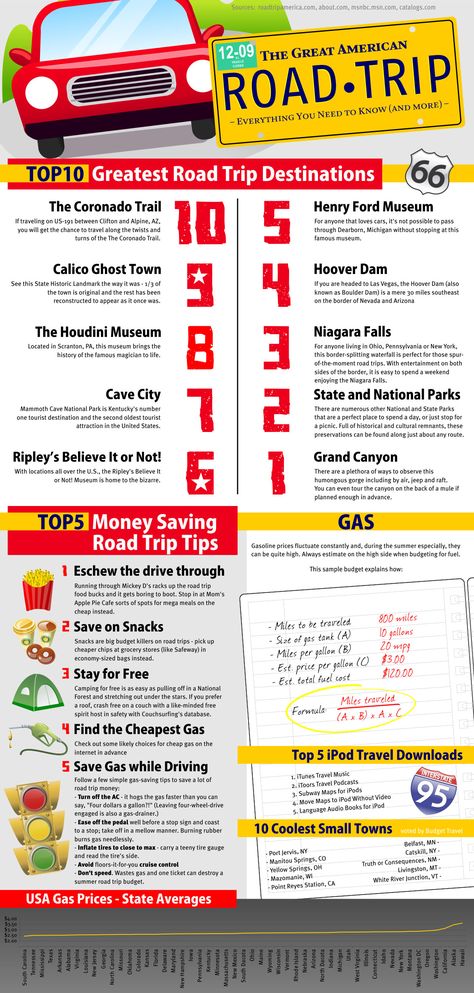So, you got distracted while you were filling up your tires and accidentally added way too much air. Or, perhaps a friend told you that overinflated tires could improve your gas mileage. The truth is, whatever the reason for it, driving on overinflated tires can be damaging for your car and dangerous for you. Here’s what happens when you put too much air in your tires, and what you can do to restore proper tire inflation. The fix is quick and easy!
There are a variety of issues that can occur if you drive on overinflated tires. Most seriously, overinflated tires are at greater risk for a blowout. A tire blowout can cause you to lose control of your vehicle and negatively affect braking distance, endangering yourself and others on the road.
Additionally, many of the safety features on your vehicle, like your anti-lock braking system, are designed to work when tires are filled to the vehicle manufacturer recommendations. Overinflated tires could compromise some of your car’s driver assistance functions.
Overinflating your tires can make them more vulnerable to damage. Like an overfilled balloon, tires filled to their maximum capacity are more stiff and inflexible, which makes them more susceptible to damage from potholes, curbs, or debris. Plus, as a driver or passenger, you’ll feel every bump and dip in the road, and that doesn’t make for a pleasant ride.
Excessive air pressure can also distort the shape of the tire, leading to decreased traction and increased wear and tear down the center of the tire. Depending on the circumstances, repeatedly overinflated tires could wear out more quickly.
A tire bulges in the center of the tread when you overinflate it. The only part of the tire touching the road is a small, skinny patch down the middle. In theory, "this should mean less rolling resistance and increased mileage," notes Popular Mechanics. But in reality? It means center tread wear, an uncomfortable ride, and increased risk for a blowout.
Note that a few PSI over your recommended tire pressure generally won't put you in the danger zone. After all, tire pressure fluctuates with the outside temperature. Your goal is to stay at your car manufacturer’s suggested cold tire pressure.
Alright, so what happens when you figure out you’ve overinflated your tires? Don't worry—fixing this air pressure problem is a breeze. To get the most accurate tire pressure reading and inflation, follow these steps when your tires are "cold," either in the morning or after the car has been sitting for a few hours. Topping off warm tires may result in over-inflation. Likewise, checking the inflation pressure when the tires are warm may incorrectly suggest the tires are already over-inflated.
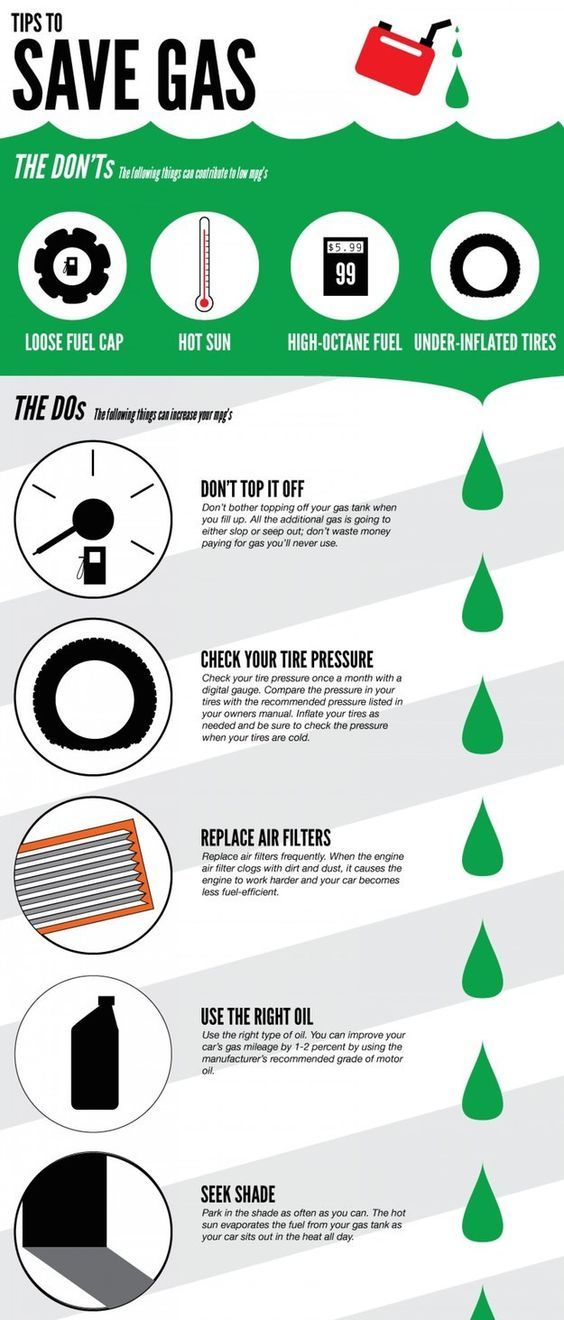 Use this, or a similar tool, to press down on the pin firmly. This will release air from the tire.
Use this, or a similar tool, to press down on the pin firmly. This will release air from the tire.Many vehicles have tire-pressure monitoring systems, which will alert you with a TPMS dashboard light when significant underinflation occurs. However, the dash icon only lights up when tire pressure drops 25% or more below the manufacturer's recommended level.
There are a few places you can find your recommended tire pressure:
The recommended tire pressure is the optimal pressure for tires on your specific vehicle. It's calculated by the manufacturer using the total weight and size of your vehicle, its towing and payload capacity, and recommended tire size. Sticking to this number can help you get the best performance from your tires and extend tire lifespan.
It's calculated by the manufacturer using the total weight and size of your vehicle, its towing and payload capacity, and recommended tire size. Sticking to this number can help you get the best performance from your tires and extend tire lifespan.
Don’t underestimate the importance of proper tire inflation. Keeping your tires at the manufacturer’s recommended tire pressure is key to keeping you safe on the road and getting your money’s worth out of your tires.
Remember, no job is too small for us! Visit your local Firestone Complete Auto Care for a free tire pressure check, we’ll help you inflate (or deflate!) your tires.
sathyan
#1
Car: 2007 Ford Focus SE
I finally got around to checking the air pressure on my tires.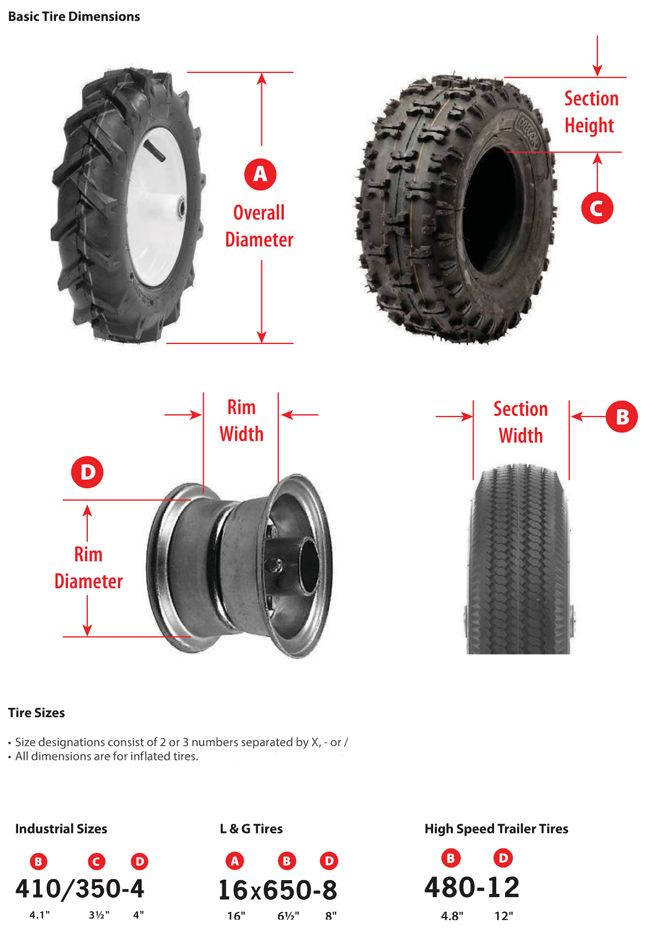 It reads 35 psi but the label on the door say 32 psi - all four measured the same. I know underinflation is to be avoided but is having over inflated tires a problem? These tires were installed and inflated by the dealership so I’m also wondering if my tire pressure gauge is accurate or not?
It reads 35 psi but the label on the door say 32 psi - all four measured the same. I know underinflation is to be avoided but is having over inflated tires a problem? These tires were installed and inflated by the dealership so I’m also wondering if my tire pressure gauge is accurate or not?
Does tire pressure have any effect on road noise?
thanks,
Sathyan
tardis
#2
Make sure you measure the pressure first thing in the morning or when the car hasn’t been driven in a while and the tires are not warmed. The pressure on the door is the cold pressure, and it will go up some as the tires heat up from use. That said, I’ve found that most places over-inflate a bit, usually to the max pressure listed on the tire. For best handling and ride, use what is on the car door. I don’t think the difference is too great here, and I probably wouldn’t bother letting air out. Also, I doubt you could tell any difference in road noise from the 3 psi difference.
I don’t think the difference is too great here, and I probably wouldn’t bother letting air out. Also, I doubt you could tell any difference in road noise from the 3 psi difference.
1 Like
CapriRacer
#3
Slightly overinflated tires (3 to 5 psi over placard) is sometimes a good thing. It promotes tire wear, fuel economy, steering responsiveness, hydroplaning resistance, snow traction, but the ride quality suffers.
But don’t do more than 3 to 5 psi (assuming the tire size is as listed.)
1 Like
VDCdriver
#4
I am curious about your statement that you “finally” got around to checking the tire pressure. How many weeks or months has elapsed since the tires were installed? The reason that I ask is that, if the tires were inflated during winter weather, just the rise in ambient temperatures would account for an increase in pressure.
How many weeks or months has elapsed since the tires were installed? The reason that I ask is that, if the tires were inflated during winter weather, just the rise in ambient temperatures would account for an increase in pressure.
The general rule of thumb is that tire pressure increases about 1 lb. for every 10 degree rise in temperature, and conversely, tire pressure decreases about 1 lb. for every 10 degree drop in temperature. So, if the tires were inflated when the ambient temperature was 30 degrees lower than presently, there is the explanation that you need for the tires “technically” being over-inflated.
However, as was already stated, inflating your tires to 2 or 3 lbs. over the recommended pressure will give you longer tread wear, slightly better fuel economy, improved cornering, and better resistance to blow-out in hot weather, with a slightly harder ride being the only drawback.
Just be sure that you don’t use the maximum pressure listed on the tire sidewall as your guide.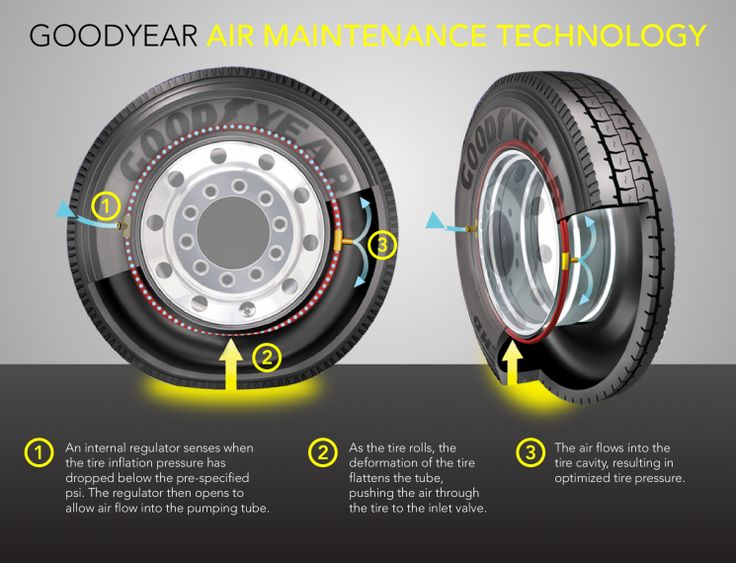 Use only the information provided by the vehicle manufacturer, as they have specified tire pressure that is appropriate for the weight and the handling characteristics of that particular car model. Inflating your tires to 2 or 3 lbs. more than the pressure specified by Ford is actually a good thing, unless you are interested in the most comfortable ride possible.
Use only the information provided by the vehicle manufacturer, as they have specified tire pressure that is appropriate for the weight and the handling characteristics of that particular car model. Inflating your tires to 2 or 3 lbs. more than the pressure specified by Ford is actually a good thing, unless you are interested in the most comfortable ride possible.
1 Like
Beefy_Norm
#5
THe label on the door was made for the tires of the particular tire manufacturer under contract at the time of printing of the door sticker. Ultimately, go with the inflation on the tire because this is what the present manufacturer recommends for your tires. There is a lot of information on the tire which is all coded. It tells recommended load placement on the tires, inflation, durability, recommended average speed, what wheather the tires best perform in, etc.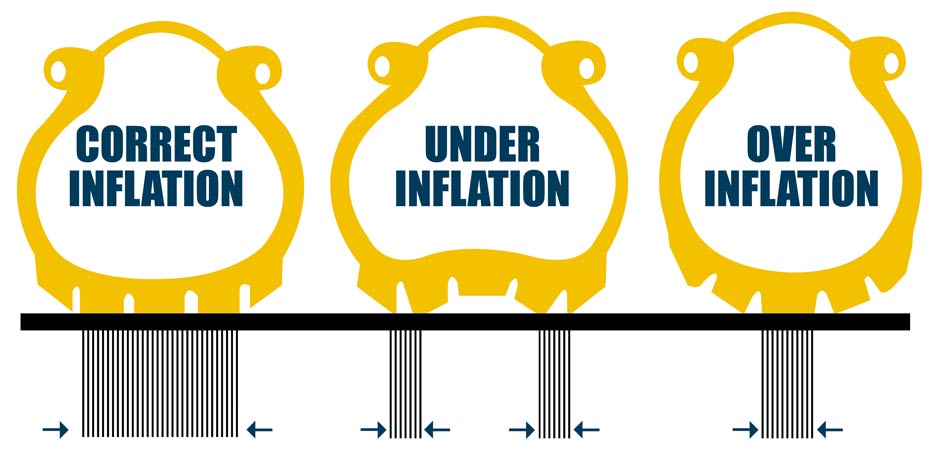
But, I think you’re missing the bigger point: if this is a 2007 Ford why has the car gone through tires already, if in fact, this wasn’t a factory glitch?
And yes, this will effect road noise. And, if the tires are overinflated the tires will wear in the middle instead of spread evenly throughout the tread area.
Never go to a dealership for repairs unless the repairs are covered unconditionally under warranty. Never go to the local corner convenience/chain shop for anything. Find a reputable, honest independant shop even if it looks like a hole in the wall. (Some day I’m going to devote a web-site to picking an honest shop)
1 Like
tardis
#6
“Just be sure that you don’t use the maximum pressure listed on the tire sidewall as your guide. Use only the information provided by the vehicle manufacturer, as they have specified tire pressure that is appropriate for the weight and the handling characteristics of that particular car model.”
Use only the information provided by the vehicle manufacturer, as they have specified tire pressure that is appropriate for the weight and the handling characteristics of that particular car model.”
I second that. The pressure on the door is what the car needs. The max pressure on the tire, is just that the max pressure that the tire can take. It’s not meant to be the pressure the tire is inflated to. If you don’t believe us (I see there is one differing opinion, from someone who thinks crankcases are sealed), look it up.
VDCdriver
#7
“Ultimately, go with the inflation on the tire because this is what the present manufacturer recommends for your tires”
Unfortunately, that is incorrect information. The maximum inflation pressure listed on the sidewall of a tire is just that–the maximum inflation pressure for the tire, rather than the recommended inflation pressure.
Since a particular tire size will likely fit a number of different makes and models, it is inaccurate to state that the maximum inflation pressure listed on the sidewall of the tire is the recommended pressure for all of those makes or models. Rather, it is the pressure that should not be exceeded when inflating the tire.
Using inflation pressures far in excess of what the vehicle manufacturer specifies can lead to dangerous and unexpected handling situations. And using inflation pressures far in excess of what the vehicle manufacturer
specifies can lead to excess wear and tear on ball joints and other front end components–especially if someone typically drives on roads that are in poor condition.
Use the vehicle manufacturer’s inflation pressures as a guideline and either follow them exactly or inflate your tires to 2 or 3 lbs. over those recommendations, but DO NOT inflate them to the maximum inflation pressure listed on the sidewall of the tire.
ADDENDUM: I thought that I should add that our friend, Beefy Norm, is the same person who warned about inflating tires with nitrogen because “it is highly explosive”. That should tell you something about Norm’s technical knowledge.
That should tell you something about Norm’s technical knowledge.
1 Like
CapriRacer
#8
Allow me to second that BeefyNorm doesn’t know what he is talking about. If the pressure on the vehicle placard applies only to a particular manufacturer, it would have said what that manufacturer was.
If you are using the size as listed on the placard, then that pressure applies to that size, regardless of manufacturer.
1 Like
VDCdriver
#9
CR–Thank you for confirming my opinion of “our friend’s” technical expertise.
Jeremy_R_Hoyt
#10
No matter which brand of tires you choose, fill them to 32 psi only. The rating on the tire is the maximum for any application in which the tire might be used. The 32 psi rating on the sticker on the car is what is best for your car. Inflating the tires to 35 psi could lead to premature wear of your shock absorbers or struts and could also lead to tread separation.
Joseph_E_Meehan
#11
Here is what the tyre manufacturers say about that MAX number on their tyres:
http://www.tiresafety.com/
This is sponsored by a tyre manufacturer Bridgstone - Firestone and instructs the reader to check the owner’s manual for the correct tyre pressure.
Here is another from the Goodyear site.
Check Your Air Pressure
Keep your tires properly inflated and you could improve gas mileage by more than $1.50 every time you fill your tank. The recommended tire pressure for your vehicle is located on a sticker inside your driver-side door or noted in your owner’s manual.
You might also try the US Department of transportation.
http://www.nhtsa.gov/cars/problems/E...intenances.htm
They say:
You can find the correct tire pressure for your tow vehicle in the owner?s manual or on the tire information placard.
B.L.E
#12
I wouldn’t worry about 35 vs 32 psi. For one thing, how much did you pay for that pressure gauge, 32 psi on the tire dealer’s pressure gauge may well read 35 psi on your pressure gauge.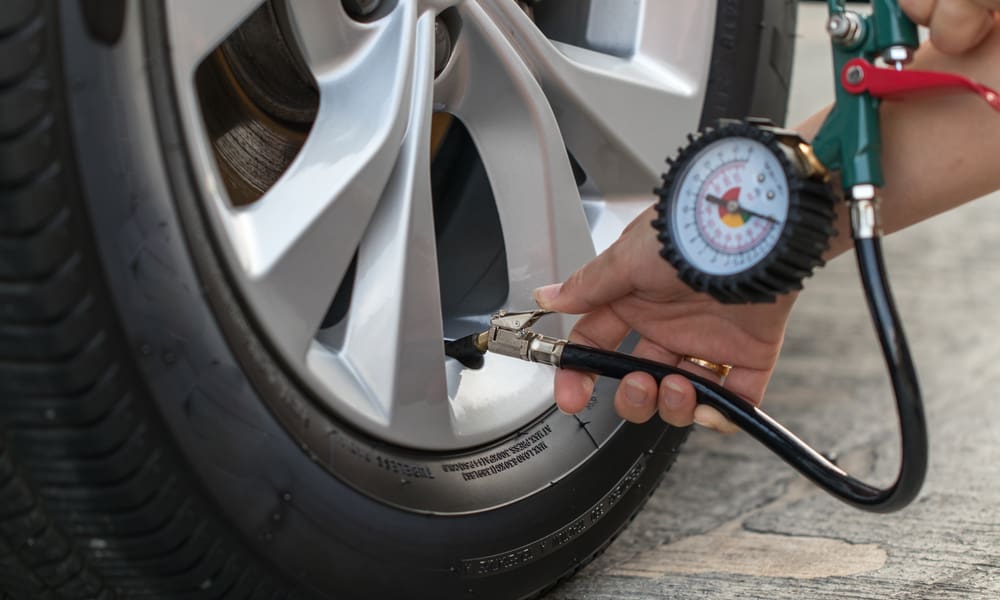 If you are really going to be anal about your exact tire pressure, have a garage inflate your tire to exactly 32 psi and then note what your pressure gauge reads and use that reading to inflate your tires by. Inexpensive pressure gauges aren’t always well calibrated but the readings they give are repeatable.
If you are really going to be anal about your exact tire pressure, have a garage inflate your tire to exactly 32 psi and then note what your pressure gauge reads and use that reading to inflate your tires by. Inexpensive pressure gauges aren’t always well calibrated but the readings they give are repeatable.
Slight overinflation is preferable to underinflation.
Ron-man
#13
You don’t have to spend a lot of money to buy an accurate tire gauge. You can get a digital tire gauge or an inexpensive dial Accugage brand tire gauge for less than $10.
the_same_mountainbike
#14
Tire pressures will vary some depending on the ambient air temperature and use just prior to measureing.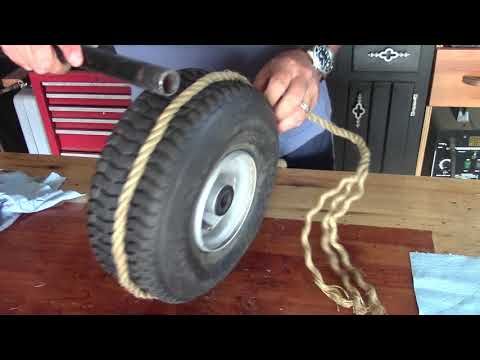 The correct pressure when cold is posted on the door jam and in the owner’s manual.
The correct pressure when cold is posted on the door jam and in the owner’s manual.
Mine is 32 front, 29 rear. Fronts and rears are often different on cars with front wheel drive and transverse mounted engines with transaxles because more than half of the weight is on the front wheels.
www.carbibles.com has a good primer on tires. They go over all these issues and many more. I recommend a visit.
Oh, and the accuracy of a tire gage can only be determined by a calibration lab against a known standard in a controlled settting, but on truth it isn’t critical for most applications as long as it seems to be working properly and repeats its readings. Checking tires with a $3 gage is better than not checking at all.
Skipper
#15
First of all you are getting 2 conflicting opinions on if you should use the door sticker’s recommended pressure or the tire’s printed pressure. I believe that’s exactly what got Ford and Firestone into an expensive mess on the Explorers with Firestone tires.
I believe that’s exactly what got Ford and Firestone into an expensive mess on the Explorers with Firestone tires.
Ford wanted you to put 30 pounds of air in a tire that should have had 40 pounds of air in it. I suppose Ford was trying to make the Explorer ride like a Cadillac. The problem was, the lower pressure in the tires caused excessive heat in the tires creating blowouts in the tires.
IMO, the pressure listed on the door is a starting point. From there you need to find out what works for you.
Admittedly, I only own pickups and SUV’s so my experience is a bit different. I know with my Dad’s Suburban it took me a while to convince him that 35 pounds in the rear tires towing his boat wasn’t the right thing. At 65 mph, the rig was unstable because the tires weren’t providing the proper spring rates with the load. Bumping the air up to 45 PSI cured that problem and made the truck much more stable. On my diesel pickups, I run 80 PSI in the front and 60 psi in the rear unloaded, 70 loaded. The engine on a diesel pickup is very heavy. about twice the weight of a gas engine. If you put 60 psi in the front, the body roll going into turns is too much and the truck wallows going down the road. Bumping the front end to 70 to 80 lbs cures that. For the rears, there’s little weight empty. 60 psi will ride a lot better than 70. However, hooked to a heavy trailer you need the extra air to stiffen the tire.
The engine on a diesel pickup is very heavy. about twice the weight of a gas engine. If you put 60 psi in the front, the body roll going into turns is too much and the truck wallows going down the road. Bumping the front end to 70 to 80 lbs cures that. For the rears, there’s little weight empty. 60 psi will ride a lot better than 70. However, hooked to a heavy trailer you need the extra air to stiffen the tire.
When I had F150’s I always ran either Kelly AWR’s or BF Goodrich All Terrains. Other guys that had the Kelly’s got around 40,000 miles out of their tires. I generally got 80,000 miles out of a set. The difference was most ran 35 pounds in theirs and I rand 45 to 50 in mine.
The basics of this is just the same as it is in a Nascar race. Pit crews adjust the car’s handling by changing the air pressure in the tires. What is does is change the spring rate of the tire as well as the shape of the foot print of the tire. Your style of driving and load make a difference as well as the quality of the tire and in the case of truck or SUV tires, the ply rating of the tread and sidewalls. For instance I got the bright idea to change from 8 or 10 ply tires on an F250 to 6 ply. The goal was to make it ride better. What I ended up doing was making the front end too weak to handle the heavy engine. 6 ply was fine on the rear, but horrible on the front. I couldn’t put enough air in the 6 plys to stiffen it up enough to handle the weight. The terrain you drive in makes a big difference. I live in the mountains, and tire spring rates are much more noticable than they would be in Kansas because I’m constantly turning.
For instance I got the bright idea to change from 8 or 10 ply tires on an F250 to 6 ply. The goal was to make it ride better. What I ended up doing was making the front end too weak to handle the heavy engine. 6 ply was fine on the rear, but horrible on the front. I couldn’t put enough air in the 6 plys to stiffen it up enough to handle the weight. The terrain you drive in makes a big difference. I live in the mountains, and tire spring rates are much more noticable than they would be in Kansas because I’m constantly turning.
I agree with the statement that said, “Stay away from the chain tire outlets.” The smaller places with a guy that’s sold and serviced tires for 40 years know a heck of a lot more, prices will be cheaper, and you won’t have to deal with a sales person who knows less than you do.
Skip
J.D.Bookhout
#16
Before I drive my car,Iwalk around it and look at all of the tires. A low tire is like putting blood in the water before you go swimming with the sharks.The manufacturer’s recommended pressure is a good place to start,but the ultimate test,is the tire tempurature after use . Raising the tire pressure to lower tire temperature will give best results.The only tool required is your hand. After driving a few miles,park in a safe place and walk around the car and feel the temp. of each tire with your hand.Tread inside,center and outside and side wall. The side wall of the tire is the best indicator, the tread,inside,center,and outside,gives more information on alignment. I have been using this method for years,on both my personal cars,and race cars that I crew,it has never failed to yeild winning information.
A low tire is like putting blood in the water before you go swimming with the sharks.The manufacturer’s recommended pressure is a good place to start,but the ultimate test,is the tire tempurature after use . Raising the tire pressure to lower tire temperature will give best results.The only tool required is your hand. After driving a few miles,park in a safe place and walk around the car and feel the temp. of each tire with your hand.Tread inside,center and outside and side wall. The side wall of the tire is the best indicator, the tread,inside,center,and outside,gives more information on alignment. I have been using this method for years,on both my personal cars,and race cars that I crew,it has never failed to yeild winning information.
Jeremy_R_Hoyt
#17
If your vehicle requires higher tire pressure under heavy loads, your owner’s manual should say so.
Skipper
#18
Having never had a tire problem, I’ve never looked in the manual for advice.
I’ve owned and used trucks for years for towing and hauling and I can truthfully say, the manuals haven’t been much help over the years. They’ll tell you what the truck is rated to tow, but the tricks used to make it work come more from experience and knowledge on the user’s part than the manual. I’ve had trucks I’ve owned for 10 years and never opened the owner’s manual. Just never seen the need to.
In the first place, the manufacturer has no idea what kind of tires you have on the truck. It may have come with a light duty 4 ply street tire but have since been fitted with 6 or 8 ply tires or even 10 ply in some cases. As such, the manual advice would be worthless and you need to refer to the instructions on the tires.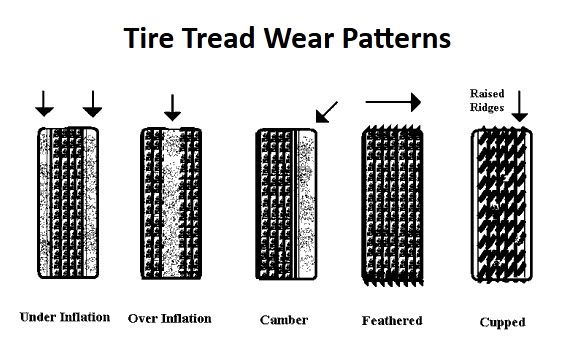
I’ve put well over 1,000,000 miles on pickups hauling everything from coal to groceries and have had 2 tires blow out in my lifetime. One blew out because I’d got caught in a pinch and bought 2 used tires to get me by a month or two till I could afford a new set. The 2 used tires were dry rotted and one of them blew a cap off it. The other I got stuck in a pasture and wrapped an old piece of barbwire around one of the tires accidentally. I spun it so much in the mud that the wire cut a ring around the tread eventually leading to failure of that tire. Back when I drove F150’s, I averaged getting over 80,000 miles to a set of tires set up the way I set them up. That’s darn good on a truck. With the 3/4 ton trucks, I’ve averaged getting over 60,000 per set.
I may pop a tire on the way home, but it won’t be because I didn’t read the manual.
Skip
Wha-Who
#19
With a little effort, you can improve on the vehicle mfr’s tire pressure specifications as noted on the label on a door jamb.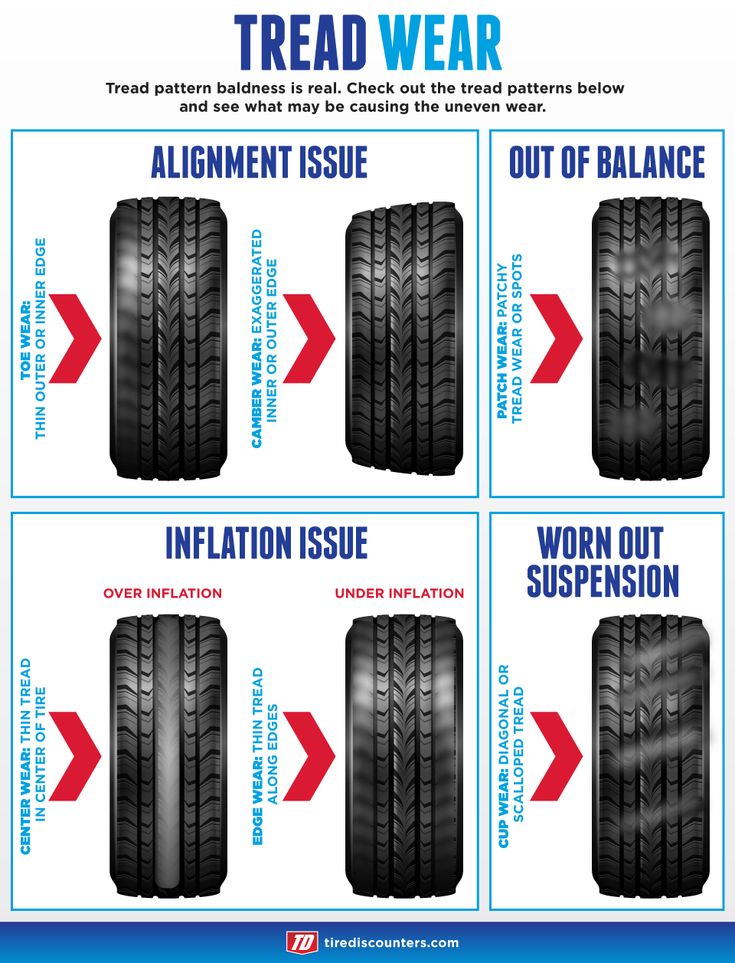 Starting with new tires, keep the tire pressures as specified by the vehicle mfr, not the tire mfr. Then at rotation time, typically at 8000 miles, carefully measure tread depths at the edges and center of each front and rear tire. If less tread is remaining in the center of a tire than the edges, then that tire’s location could use 2 psi less next time. Location means front or rear. If wear is uniform across the tread, then the pressure was OK. If the edges are worn more than the center, then the tire’s location could use 2 psi less next time. Don’t set pressure less than the vehicle mfr’s spec.
Starting with new tires, keep the tire pressures as specified by the vehicle mfr, not the tire mfr. Then at rotation time, typically at 8000 miles, carefully measure tread depths at the edges and center of each front and rear tire. If less tread is remaining in the center of a tire than the edges, then that tire’s location could use 2 psi less next time. Location means front or rear. If wear is uniform across the tread, then the pressure was OK. If the edges are worn more than the center, then the tire’s location could use 2 psi less next time. Don’t set pressure less than the vehicle mfr’s spec.
A complication that may indicate that the original pressures used were OK is as follows: Assume rear tires wearing more in the tread center and front tires wearing more at the tread edges: This can be OK as the irregular wear will be offset when the tires are rotated.
The above does not apply well if your vehicle has a wheel misalignment problem. Consider too that fast cornering can wear front tire outer edges a little more than inner edges.
Craig58
#20
True, but I prefer the feel on my tires a little over-inflated resulting in some extra wear in the center. What you are suggesting will maximize the life of the tires, but I will live with a shorter tire life.
next page →
Vladimir Gavrilov
Estimated reading time: 4 minutes
5148
Category: Service Auto
On a long journey, every liter of gasoline can be useful. I don’t want to waste fuel, and motorists are trying to use “grandfather methods” to increase the efficiency of the vehicle.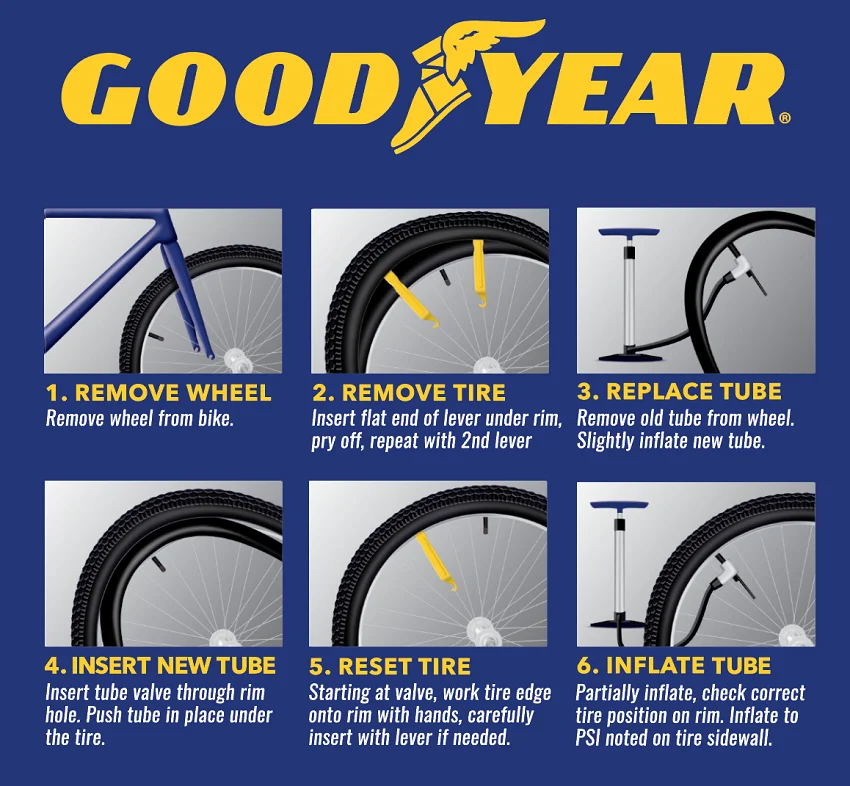 The most common way is to increase tire pressure. How useful is it really?
The most common way is to increase tire pressure. How useful is it really?
Tire manufacturers produce tires that can operate at various pressures. For each driving mode and the degree of vehicle loading, a certain value recommended by the manufacturer is suitable. Usually it ranges from 2.0 to 3.0 atmospheres, depending on the type and profile of the tire. Pressure standards are written on the gas tank hatch or on the side pillar of the door at the driver's seat.
The driver has the right to make independent decisions regarding the pace of driving and the load on the vehicle, which means he can choose how much pressure to inflate the wheels. Theoretically, increasing the pressure to the maximum allowed even with an unloaded car will not cause a sharp loss of controllability, which means that with slight corrections in distance and speed, it is acceptable for use on a car.
If the road is dry and clean, then the minimum reduction in the contact patch of the wheels caused by tire inflation will not change the coefficient of adhesion to the surface, but the rolling resistance in the tire itself will noticeably decrease.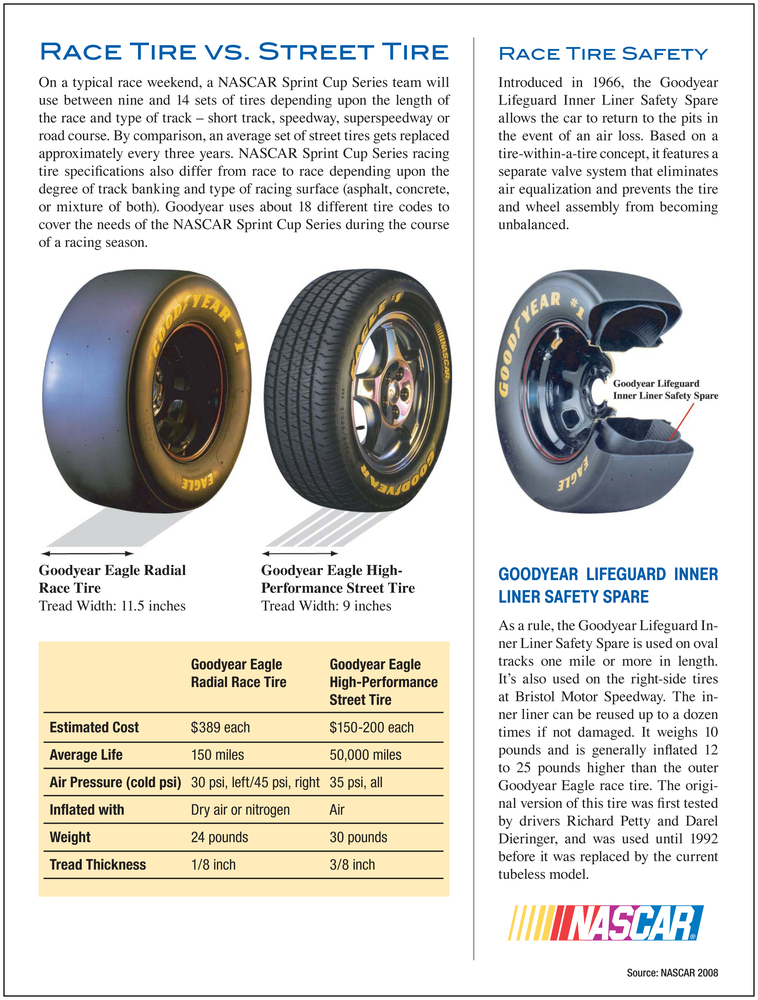 The radial deformation of the tire will decrease due to an increase in its rigidity, which means that energy losses in the rubber and cord layers will decrease.
The radial deformation of the tire will decrease due to an increase in its rigidity, which means that energy losses in the rubber and cord layers will decrease.
Manufacturers claim that every 0.15 bar increase in tire pressure over an operating range of 2.0 to 2.5 bar results in a 5% reduction in rolling resistance. In other words, if a motorist takes a pump and brings the tire pressure to 2.5 bar, then fuel consumption in a strictly rectilinear movement can be reduced by an average of 15-17%.
That is, under ideal conditions, a good tire inflation for an ordinary passenger car with a 1.6-liter naturally aspirated engine in warm weather brings 1-1.5 liters of savings per 100 km. And this is quite a tangible result.
In some cases, vehicle operating instructions even state that it is recommended to increase the pressure by 0.2-0.3 bar before driving on expressways. True, this is true only for low-profile tires with a diameter of 16 inches and above. Such wheels do not deform strongly at maximum pressure and easily withstand even a slight excess.
If conventional tires are overinflated by 0.3-0.5 bar above the prescribed pressure, then there is a risk of uneven tread wear. It wears out in the middle of the contact patch.
It is true that the rolling resistance of a tire is only part of the process of braking a car while driving. The energy loss of a moving vehicle is also made up of the force of air resistance, the effect of acceleration resistance and the gravitational influence when climbing hills.
For example, aerodynamic drag increases with the square of speed. If the speedometer needle crosses 90 km/h, then the air bag in front of the vehicle will begin to brake it strongly, and more energy will be required to maintain a uniform movement.
When driving on hills, the engine's traction and its ability to maintain maximum torque at low revs is of great importance. Turbocharged power units have good elasticity and pull the car uphill even at engine speeds of 2 thousand. Atmospheric engines do not have such characteristics, which is why they have to be turned, and as a result, efficiency suffers.
Atmospheric engines do not have such characteristics, which is why they have to be turned, and as a result, efficiency suffers.
Negatively affect the economy and frequent acceleration and deceleration. Sports style is contraindicated here.
In general, in order to justify the savings effect, it is necessary to refrain from a sporty driving style and not accelerate over 90 km/h. Then an increase in tire pressure by 0.3-0.4 bar will make it possible to achieve 3-5% savings at a real pace on city roads.
Outside the city, with uniform, slow traffic with infrequent overtaking of slow-moving vehicles, the economy can approach 8-9%. Tires will heat up less and their wear will decrease.
However, speeding up to 100-120 km/h will negate all the efforts of the motorist. The reduction in tire rolling resistance will be offset by increased aerodynamic drag.
tireshow to save
Next article
Media news2
LADA
UAZ
Kia
Resistance to the movement of the car in the general case is exerted by:
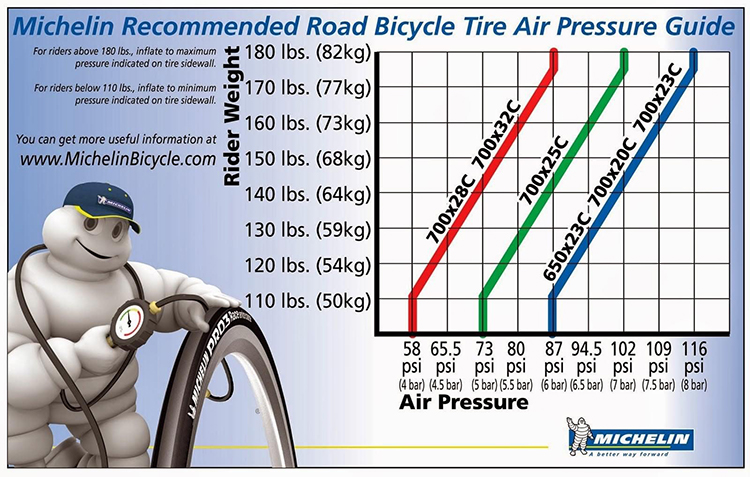 This parameter gradually increases with increasing machine speed.
This parameter gradually increases with increasing machine speed. So what can a driver gain by increasing the pressure in his car's tires?
The rolling resistance of the wheels gradually increases with increasing vehicle speed and equalizes with the aerodynamic resistance at a speed of 80–100 km/h.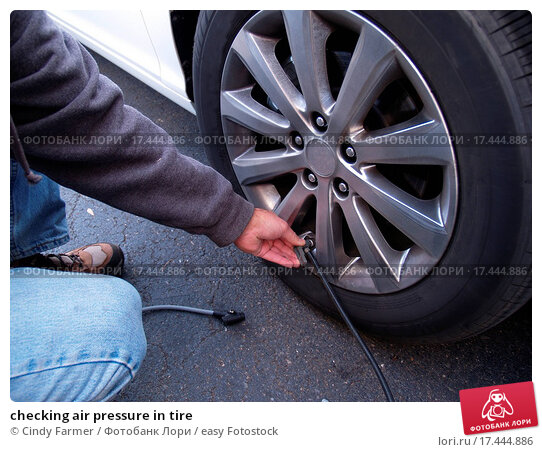 In other words, if we reduce the rolling resistance of tires by 5%, then when driving in a combined cycle, we can save up to 2.5% of fuel. However, much greater losses are caused by movement in torn city traffic - large forces of resistance to acceleration appear. Driving on the road with frequent descents and ascents also does not contribute to fuel economy.
In other words, if we reduce the rolling resistance of tires by 5%, then when driving in a combined cycle, we can save up to 2.5% of fuel. However, much greater losses are caused by movement in torn city traffic - large forces of resistance to acceleration appear. Driving on the road with frequent descents and ascents also does not contribute to fuel economy.
An information plate with recommended tire pressure depending on the vehicle load is located in the driver's door or on the gas tank flap.
An information plate with recommended tire pressure depending on the vehicle load is located in the driver's door or on the gas tank flap.
But before a long journey, when driving at high speeds on motorways, factory instructions often even recommend increasing the pressure by 0.2-0.3 bar. At reasonable speeds, this will reduce tire heating, increase tire life and save some fuel. At the same time, the savings will not exceed 3%.